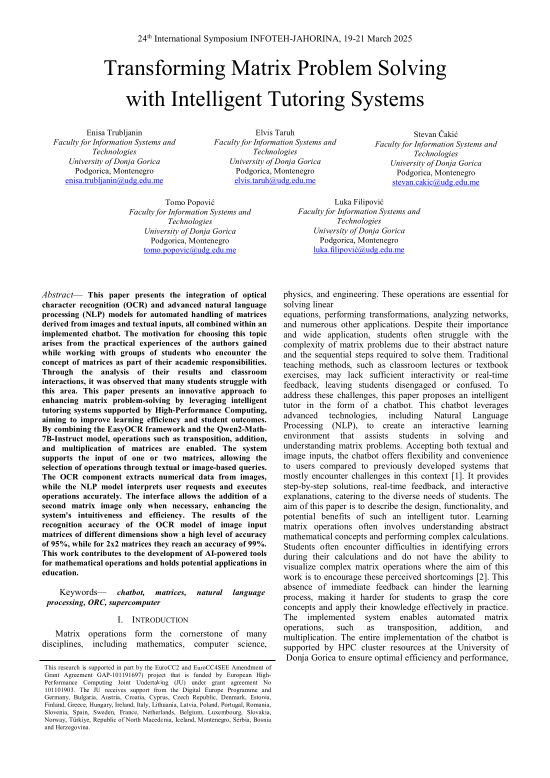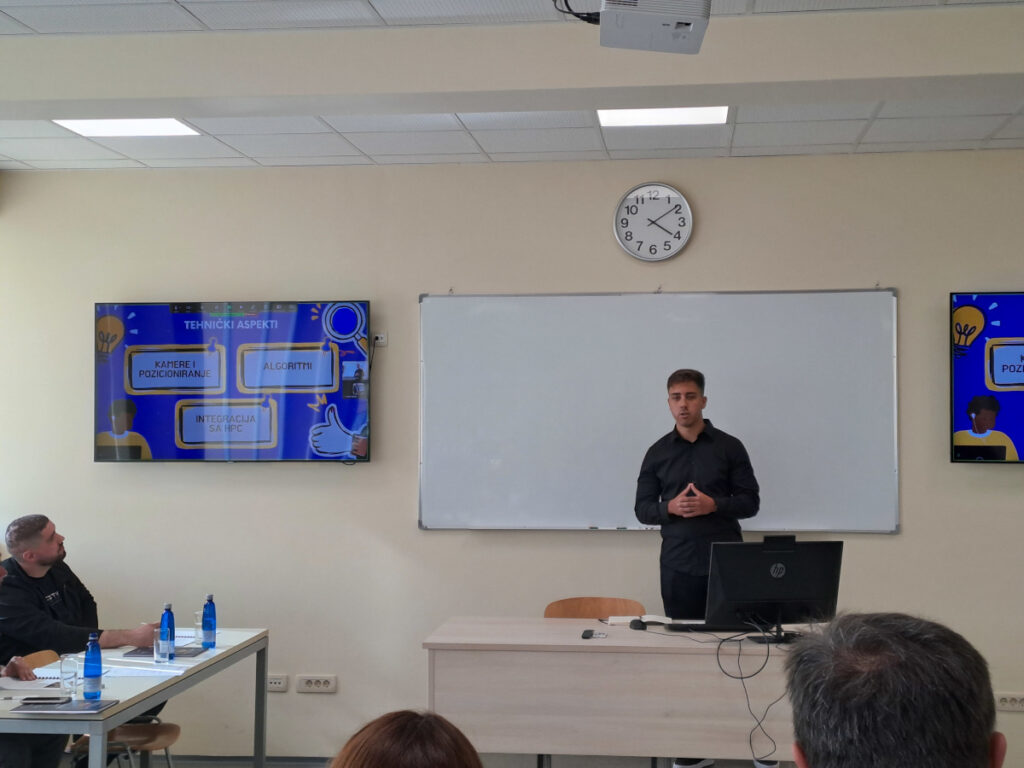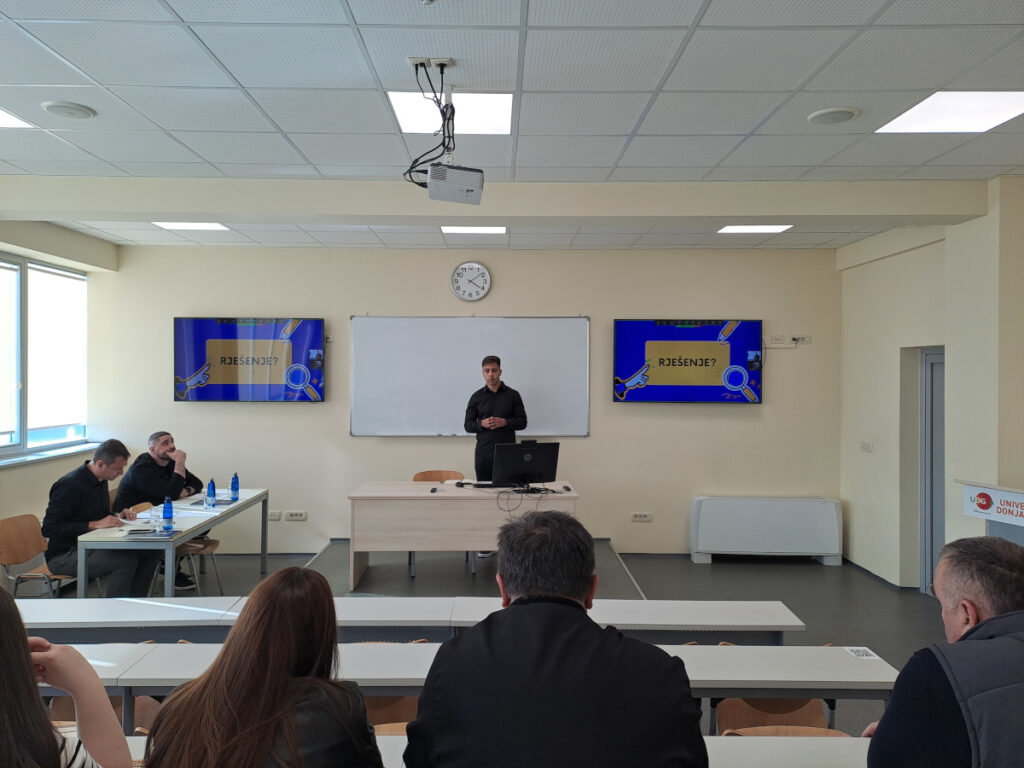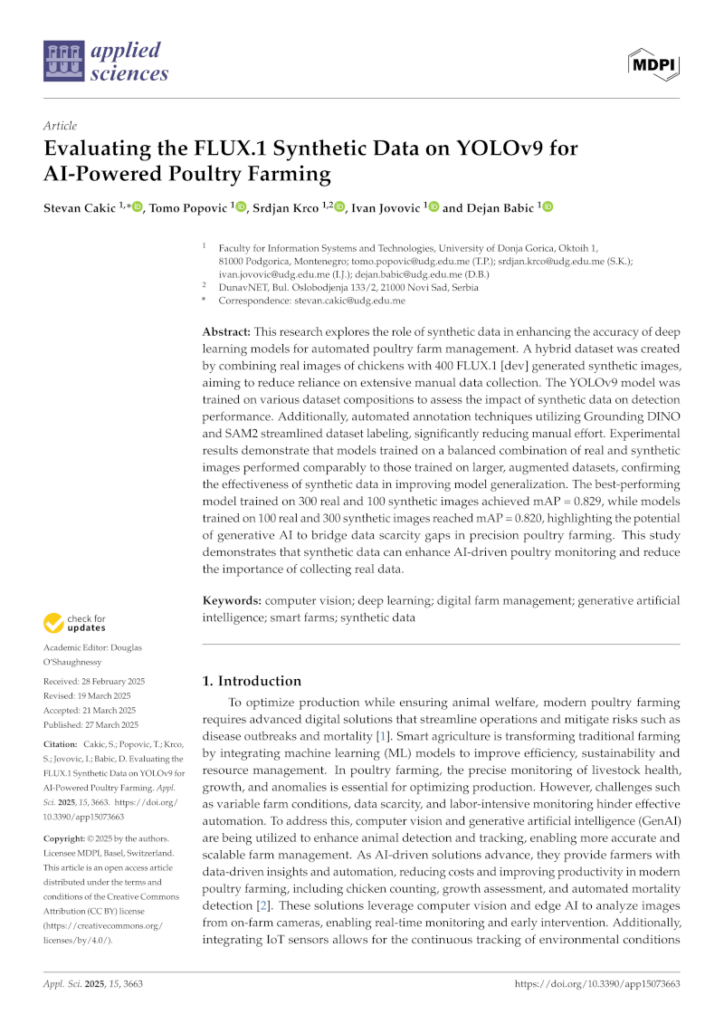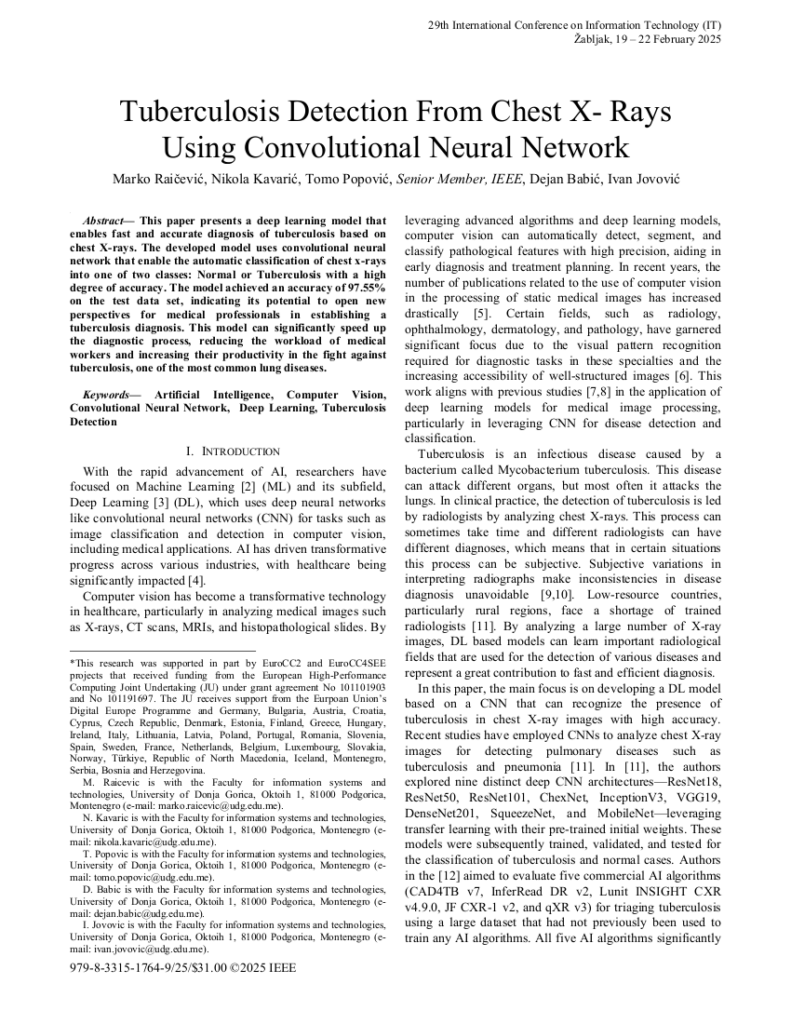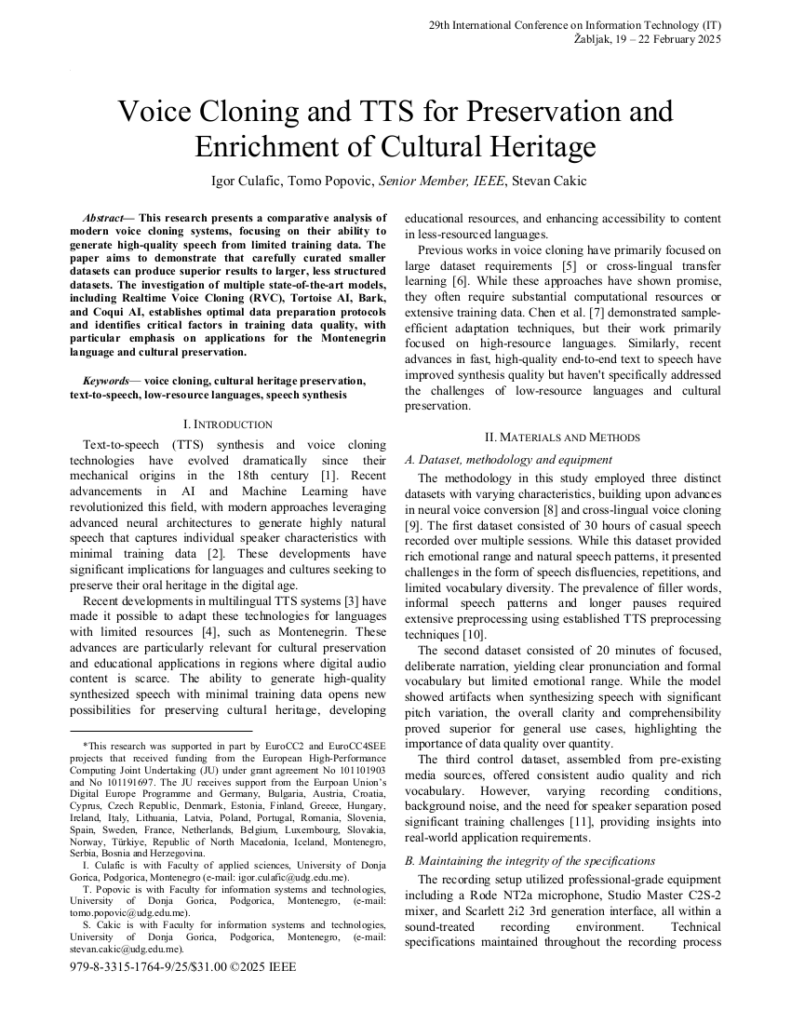The paper “Transforming Matrix Problem Solving with Intelligent Tutoring Systems” by E. Trubljanin, E. Taruh, S. Cakic, T. Popovic and L. Filipovic was presented at INFOTEH conference an is published by IEEE Xplore. Researchers from the UDG with support from HPC NCC Montenegro have developed an innovative intelligent tutoring system that leverages artificial intelligence (AI) and high-performance computing (HPC) to revolutionize how students learn matrix operations. This chatbot-based solution combines Optical Character Recognition (EasyOCR) with an advanced natural language processing model (Qwen2-Math-7B-Instruct) to interpret both text and image inputs, enabling it to perform matrix operations such as transposition, addition, and multiplication while providing clear, step-by-step explanations. Supported by the university’s HPC infrastructure, the system ensures high-speed processing and real-time feedback, achieving up to 99% accuracy in matrix recognition from high-quality images. Designed with education in mind, this AI-powered tutor enhances interactivity, understanding, and learning outcomes for students tackling complex linear algebra concepts, and sets the stage for future enhancements like handwritten input recognition and support for more advanced operations.
ABSTRACT – This paper presents the integration of optical character recognition (OCR) and advanced natural language processing (NLP) models for automated handling of matrices derived from images and textual inputs, all combined within an implemented chatbot. The motivation for choosing this topic arises from the practical experiences of the authors gained while working with groups of students who encounter the concept of matrices as part of their academic responsibilities. Through the analysis of their results and classroom interactions, it was observed that many students struggle with this area. This paper presents an innovative approach to enhancing matrix problem-solving by leveraging intelligent tutoring systems supported by High-Performance Computing, aiming to improve learning efficiency and student outcomes. By combining the EasyOCR framework and the Qwen2-Math-7B-Instruct model, operations such as transposition, addition, and multiplication of matrices are enabled. The system supports the input of one or two matrices, allowing the selection of operations through textual or image-based queries. The OCR component extracts numerical data from images, while the NLP model interprets user requests and executes operations accurately. The interface allows the addition of a second matrix image only when necessary, enhancing the system’s intuitiveness and efficiency. The results of the recognition accuracy of the OCR model of image input matrices of different dimensions show a high level of accuracy of 95%, while for 2×2 matrices they reach an accuracy of 99%. This work contributes to the development of AI-powered tools for mathematical operations and holds potential applications in education.


